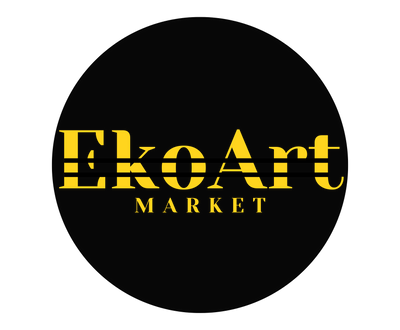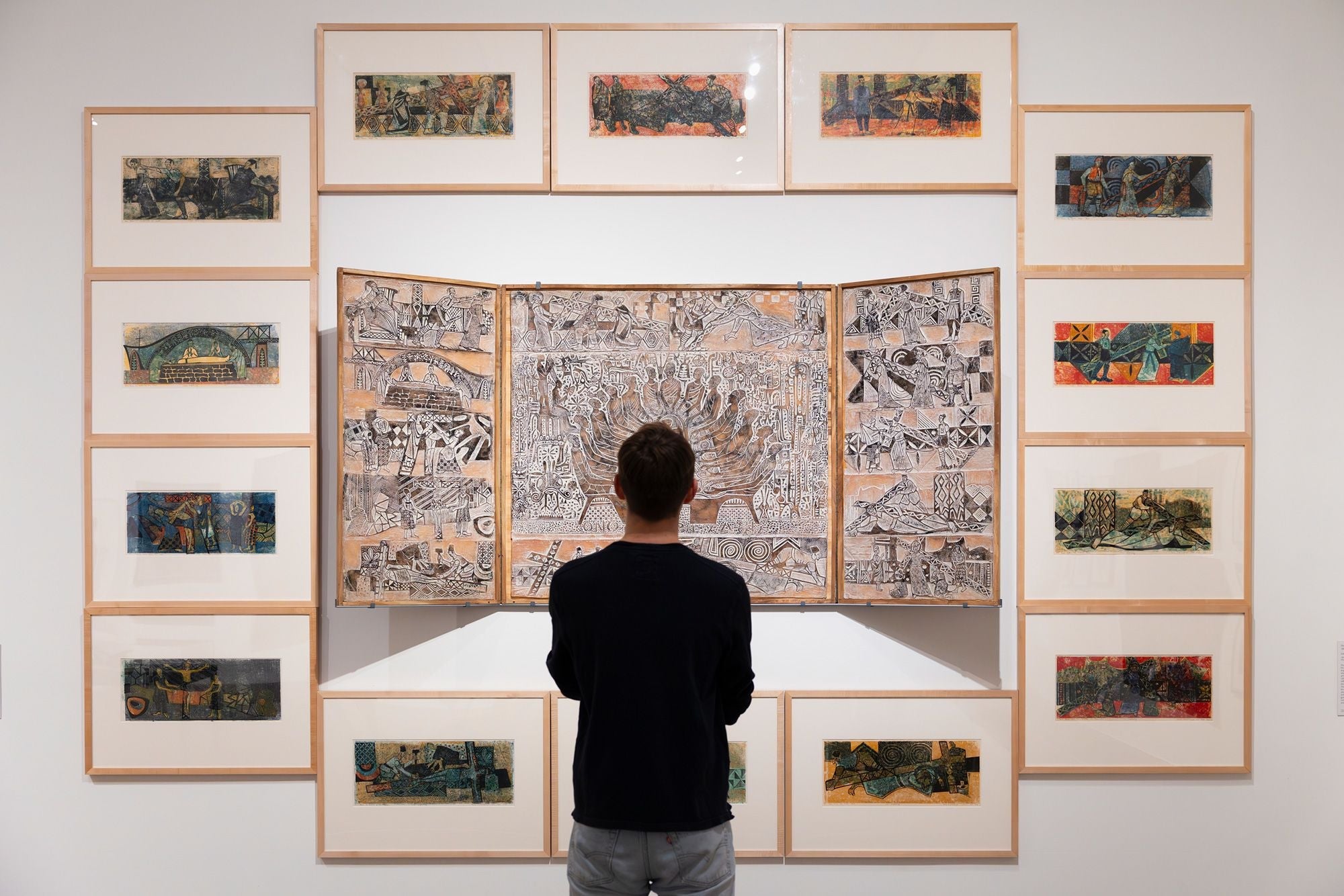From Lagos to London, Nigerian art is having a defining moment. The ongoing exhibition at Tate Modern, titled “Nigerian Modernism: Art and Independence” (8 October 2025 – 10 May 2026), celebrates a generation of artists who shaped modern art in post-colonial Nigeria — and in doing so, helped redefine modernism on a global scale.
This historic exhibition is not just about looking back. It’s a vivid reminder that Nigerian creativity has always stood shoulder-to-shoulder with the world’s most important art movements — and today, it continues to inspire collectors, institutions, and curators around the world.
A Celebration of Pioneers and Visionaries
“Nigerian Modernism” brings together over 50 pioneering artists whose work transformed the visual landscape of 20th-century Nigeria. Through painting, sculpture, printmaking, textiles, and ceramics, these artists captured the nation’s journey toward independence and self-definition.
Among the key figures featured are:
-
Ben Enwonwu (1917–1994) – Widely regarded as Africa’s first modernist, Enwonwu’s mastery of form and movement made him a global icon. His celebrated work The Dancer stands out as one of the highlights of the exhibition.
-
Bruce Onobrakpeya (b. 1932) – A titan of Nigerian art, Onobrakpeya’s experimental techniques in printmaking and sculpture pushed the boundaries of modernism through a distinctly African lens.
-
Jimoh Buraimoh (b. 1943) – A master of mosaic and bead painting, Buraimoh’s vibrant compositions draw from Yoruba tradition and contemporary storytelling. As one of the leading members of the Oshogbo Art Movement, his works bridge the gap between indigenous design and global modernist aesthetics, making him a crucial figure in this exhibition.
-
Ladi Kwali (1925–1984) – Nigeria’s most famous potter, whose ceramics bridged traditional craftsmanship with modern artistic sensibilities.
-
Uzo Egonu (1931–1996) – His abstract compositions captured the complexities of identity and diaspora, positioning him as one of the earliest global Nigerian voices in modern art.
-
Aina Onabolu (1882–1963) – Often credited as Nigeria’s first modern art educator, his pioneering portraits laid the groundwork for a new artistic consciousness in colonial Nigeria.
These artists — and many others in the show — tell the story of Nigeria’s artistic evolution: from colonial encounter to cultural autonomy, and from local studio practices to global recognition.
Redefining the Narrative of Global Modernism
For decades, Western art history told a narrow story of modernism that often overlooked Africa’s contribution. Nigerian Modernism corrects that omission by showing how Nigerian artists were not just influenced by global movements — they were co-authors of them.
From the Zaria Art Society’s “natural synthesis” philosophy to the Oshogbo and Nsukka art schools’ integration of uli, adire, and Yoruba symbolic forms, the exhibition demonstrates how Nigerian artists forged their own visual language — one rooted in heritage, yet boldly experimental.
It’s a testament to resilience, creativity, and the power of self-definition.
What This Means for the Nigerian Art Market
For collectors, curators, and enthusiasts, this exhibition represents more than recognition — it marks a shift in global perception. Nigerian art is no longer a niche category; it is central to the modern and contemporary art dialogue.
As institutional interest continues to grow, the global appetite for Nigerian art is surging. Works by artists like Onobrakpeya, Enwonwu, Buraimoh, or Wewe are increasingly being acquired by museums, international collectors, and auction houses — establishing both cultural and investment value.
At ekoartmarket.com, we believe this is the perfect time to engage with the movement.
As the saying goes:
“The best time to buy Nigerian art was yesterday. The second-best time is now.”
Every piece collected today is a part of the story being written — one that future generations will look back on as the golden age of Nigerian creativity.
A New Chapter for Nigerian Art
Nigerian Modernism at Tate Modern is a celebration of legacy, innovation, and pride. It affirms what we’ve always known: Nigerian artists have always been, and will continue to be, at the forefront of global art.
Let this moment remind us to support, collect, and preserve the works of our artists — because each artwork tells a story of where we’ve come from and where we’re headed.
Visit the Exhibition:
📍 Tate Modern, London
🗓️ 8 October 2025 – 10 May 2026
🔗 View Details on Tate’s Website
Discover and collect Nigerian artworks on ekoartmarket.com — connecting Africa’s finest artists with the world.
Disclaimer:
The images used in this article are for informational and educational purposes only. ekoartmarket.com does not claim ownership or copyright of any exhibition images or artworks featured from Tate Modern’s “Nigerian Modernism: Art and Independence.”
All image rights remain with their respective artists, estates, and institutions. If you are a rights holder and wish for any image to be credited differently or removed, please contact us at ekoartmarket@gmail.com


